How to Choose a Combat Robotics Battery?
When it comes to building a combat robot, one of the most critical components to consider is the battery. The right battery can significantly impact your robot’s performance, longevity, and safety during intense battles. This article will guide you through the key factors to consider when selecting a battery for your combat robot, ensuring you make an informed decision that aligns with your robot’s specifications and battle requirements.
What is a Combat Robot?
Combat robots, often referred to as battle bots, are remotely controlled machines designed to fight in competitions where the primary objective is to disable or destroy the opponent's robot. These robots are built with a variety of offensive and defensive features, including weapons like spinning blades, hammers, flippers, and wedges, as well as armor and other protective elements. Combat robotics is a highly technical and creative field that combines engineering, mechanics, electronics, and strategy.
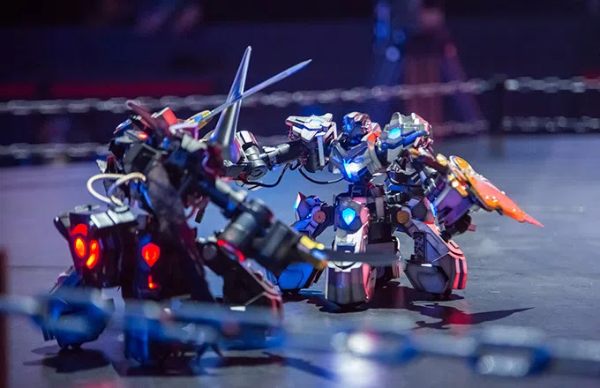
How to Build a Battle Bot?
Building a battle bot involves several critical steps and components. Here’s an overview of the main elements needed to construct a combat robot:
1. Chassis:
The chassis or frame is the skeleton of the robot. It must be strong and durable to withstand the impacts during battles. Materials like aluminum, steel, and titanium are commonly used.
2. Motors:
Motors are essential for driving the wheels and powering the weapons. The type and size of the motors will depend on the robot's weight class and design. Brushed and brushless motors are both used, with brushless motors being more efficient and powerful.
3. Wheels/Tracks:
The mobility of the robot is determined by its wheels or tracks. Wheels provide speed and agility, while tracks offer better traction and stability.
4. Batteries:
The battery is a crucial component that powers the motors and electronics. The choice of battery impacts the robot's performance, weight, and run time.
5. Weapons:
Weapons are what make combat robots exciting. Common weapon types include spinners, hammers, flippers, and wedges. Each weapon type requires specific design considerations and power requirements.
6. Electronics:
This includes the receiver, speed controllers, and other control systems. The electronics ensure that the robot can be controlled precisely during combat.
7. Armor:
Armor protects the internal components of the robot. It needs to be strong enough to withstand attacks but also lightweight to keep the robot within the desired weight class.
8. Combat Robot Kits:
For beginners, combat robot kits are available, which include pre-selected and compatible parts. These kits simplify the building process and are a great way to get started in combat robotics.
Is Bot Fighting Illegal?
Combat robotics is legal and widely enjoyed as a competitive sport and hobby. However, the legality can vary based on location and the specific nature of the events. It’s important to participate in sanctioned events organized by reputable organizations that follow safety guidelines and regulations. These events ensure a controlled and safe environment for participants and spectators.
What are Some Popular Robot Combat Events?
Several well-known events and competitions take place globally, attracting both amateur and professional builders. Some of the most popular combat robot events include:
●BattleBots: One of the most famous robot combat competitions, broadcast on television, featuring robots from around the world.
●RoboGames: An international event with multiple robot competitions, including combat robots.
●Robot Wars: A British television series that features robot combat.
●Norwalk Havoc Robot League (NHRL): A fast-growing combat robot league in the United States.
How to Choose a Combat Robotics Battery?
When selecting a LiPo battery for combat robotics, it's essential to focus on specific criteria to ensure optimal performance, safety, and reliability. Here's a comprehensive guide to help you choose the right LiPo battery for your combat robot.
Step 1: Understand LiPo Battery Basics
●Voltage (V): Indicates the power potential of the battery. Most combat robots use 3S (11.1V), 4S (14.8V), or 6S (22.2V) batteries.
●Capacity (mAh): Measures the energy storage of the battery. Higher capacity means longer runtime but also adds more weight.
●C-rating: Indicates the discharge rate. Higher C-ratings allow for higher current draw, crucial for combat robots needing sudden bursts of power.
Step 2: Determine Your Robot's Power Requirements
●Motor Specifications:
Check the voltage and current draw (A) for your drive and weapon motors.
Example: Two drive motors (12V, 30A each), one weapon motor (12V, 40A).
●Total Current Draw:
Add up the current draw for all motors and electronics.
Total current draw=2×30A+40A=100A
Step 3: Choose the Voltage
Select a battery voltage compatible with your motors.
Example: 12V system might use a 3S (11.1V) or 4S (14.8V) LiPo battery.
Step 4: Calculate Required Capacity
●Estimate Match Duration:
Typical matches last 3 minutes (0.05 hours).
●Calculate Minimum Capacity:
Capacity (Ah)=Total current draw×Match duration
Capacity (Ah)=100A×0.05hours=5Ah
Step 5: Determine the Required C-rating
●Calculate Minimum C-rating:
Required C-rating=Total current draw/Battery capacity (Ah)
Required C-rating=100A/5Ah=20C
●Select a Higher C-rating for Safety:
Choose a battery with at least 30C to ensure reliability and performance.
Step 6: Check Weight and Dimensions
Ensure the battery fits within the weight and space constraints of your robot.
Example: A 5Ah, 4S, 30C LiPo battery typically weighs around 600-700g.
Example Battery Selection
Voltage: 14.8V (4S); Capacity: 5Ah; C-rating: 30C; Weight: 650g
Dimensions: 135mm x 42mm x 42mm
Conclusion
Building and competing with combat robots is an exciting and challenging endeavor. Choosing the right battery for your combat robot is crucial for ensuring peak performance and reliability during battles. Consider the voltage, capacity, discharge rate, weight, type, durability, safety features, and brand reputation when selecting a battery. With the right components and careful planning, your combat robot will be ready to take on the competition and emerge victorious. If you have any questions or needs about our button cell batteries, please feel free to contact us at info@grepow.com.
Related Articles
-
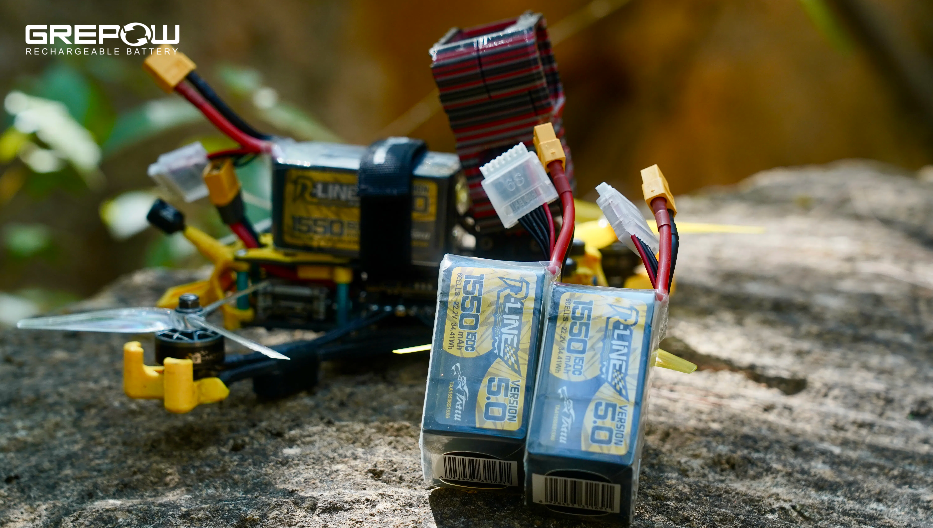
What Is a 7 Inch FPV Drone?
2025-04-15 -
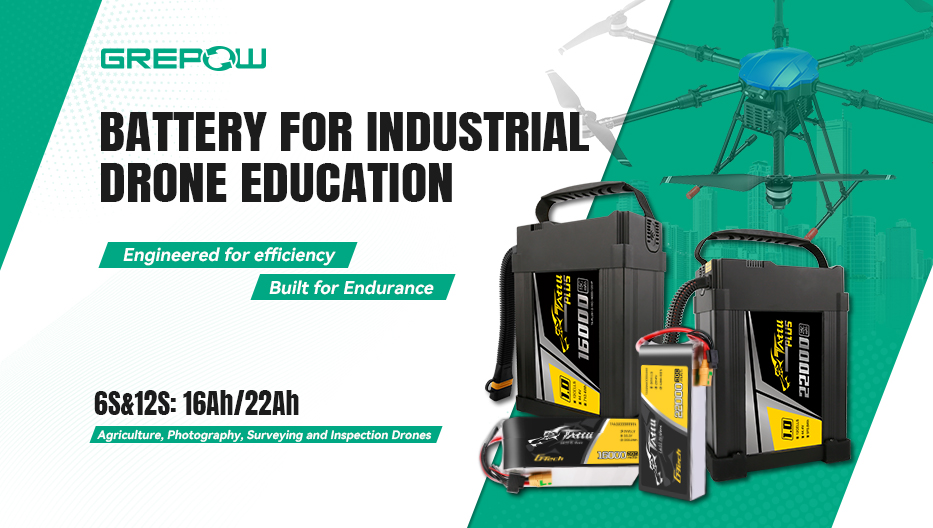
Empowering Drone Training with Grepow’s Tailored Battery Solutions
2025-04-15 -
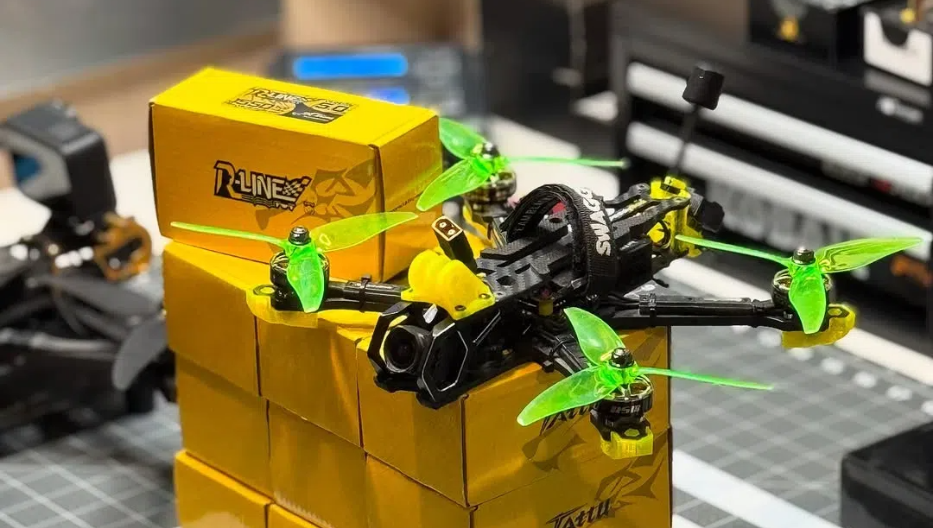
FPV Drone Types: All You Need to Know
2025-03-06
Related products
-

50C High Discharge Battery - High C Rate LiPo
-

45C High Discharge Battery - High C Rate LiPo
-

30C High Discharge Battery - High C Rate LiPo
-
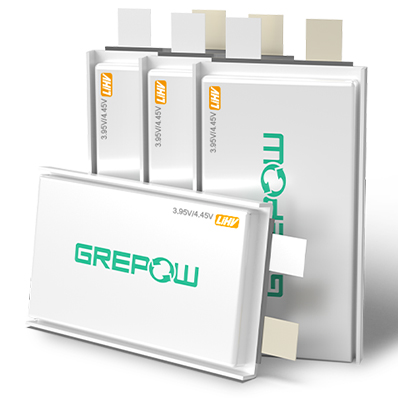
3.95V/4.45V High Voltage Cells
-

3.85V/4.4V High Voltage Cells

















































